Tiny & nasty: Images of things that make us sick
Giardia
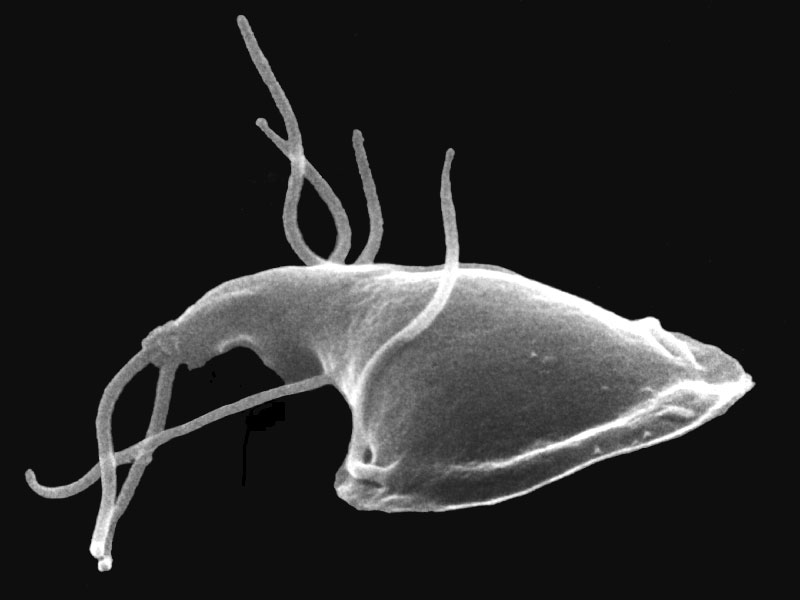
Being tiny doesn't stop viruses, bacteria, certain insects and other microscopic critters from causing all sorts of misery. But under the microscope, we can see them for what they truly are. This image, made using a scanning electron microscope, shows the free-swimming protozoan Giardia, which causes diarrhea and other symptoms when it infects the small intestine, often as a result of contaminated drinking water.
Ebola
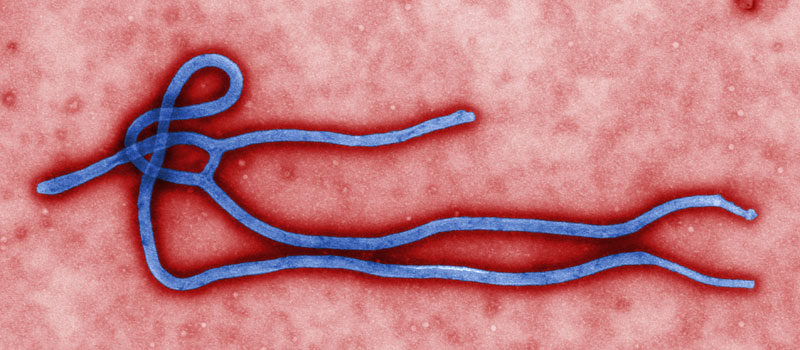
This image shows the structure of an Ebola virus particle. Ebola causes high fever and severe internal bleeding, and it is often fatal.
Mosquito

The front half of that familiar pest, the mosquito, which spreads many diseases, including malaria, yellow fever and West Nile virus. This insect was found dead in the suburbs of Decatur, Ga., and was missing a number of its body parts, including its antennae and most of its legs, when this image was made.
The Flu
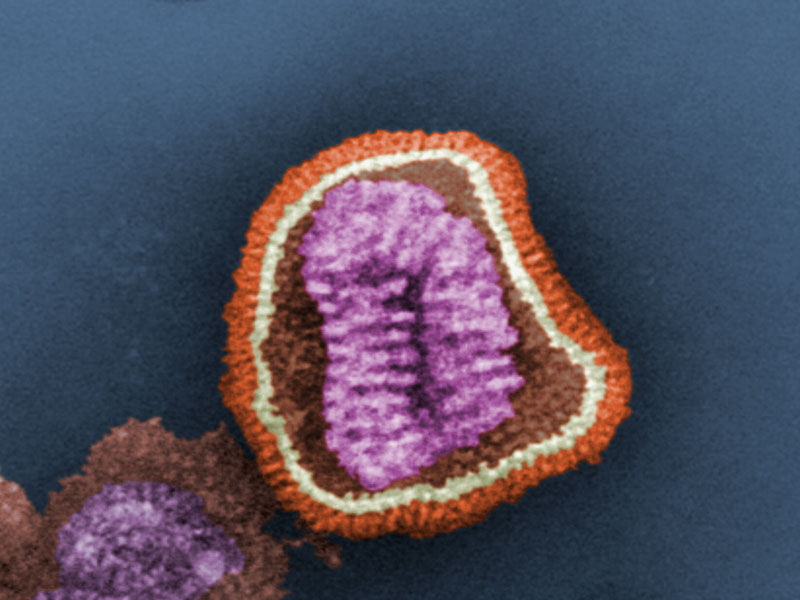
An influenza virus particle.
Resurrected from 1918
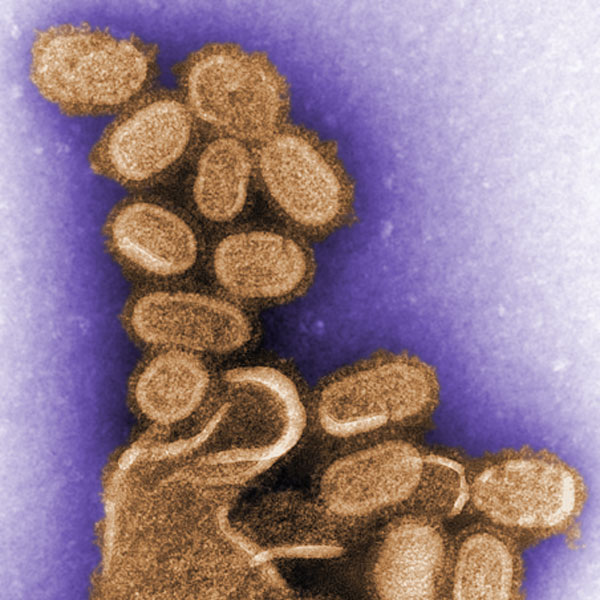
This image from 2005 shows virus particles from the 1918 flu virus, which scientists sequenced and then recreated. These particles were collected from an infected cell culture made of dog's kidney cells. The Spanish flu of 1918 killed more than 500,000 people in the United States and up to 50 million worldwide, according to the U.S. Centers for Disease Control and Prevention.
H5N1 Flu Virus Infection
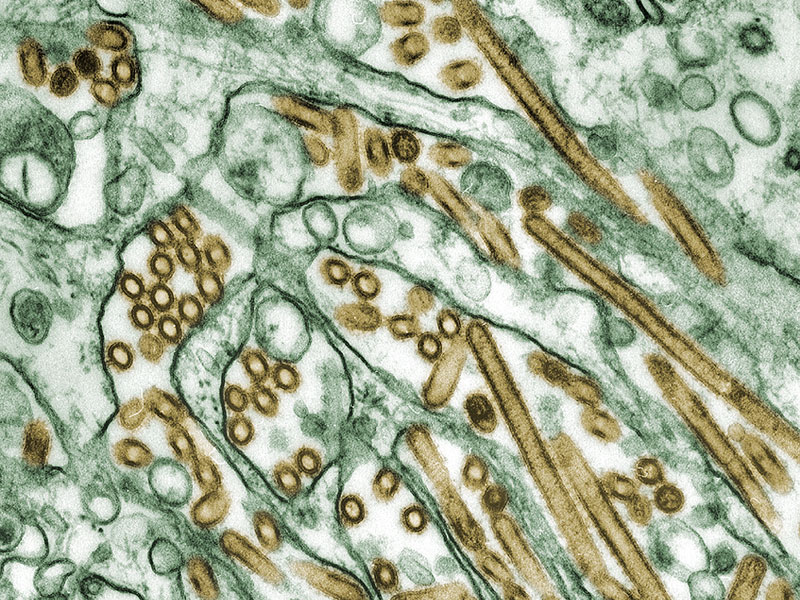
H5N1 bird flu viruses show up in gold; they have infected a cell culture made of canine kidney cells, shown in green. Scientists and public health officials fear H5N1 could one day cause a flu pandemic, just as H1N1 did in 1918.
HIV
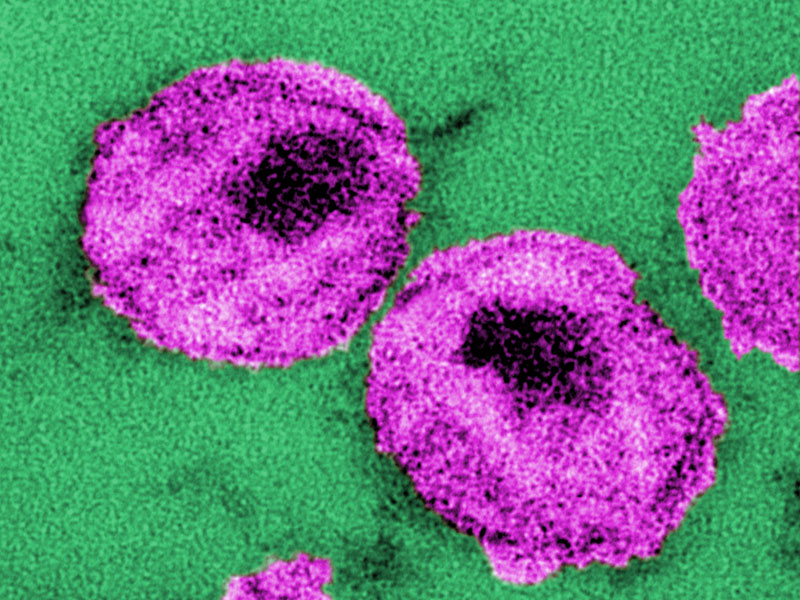
HIV, or human immunodeficiency virus, particles in purple, cause the disease AIDS.
Get the world’s most fascinating discoveries delivered straight to your inbox.
A Flea

Fleas, like this one, carry many diseases that can infect humans through biting. Not least among these diseases is plague, caused by the bacterium Yersinia pestis, which is blamed for causing the Black Death in Europe.
Lyme Disease Bacteria
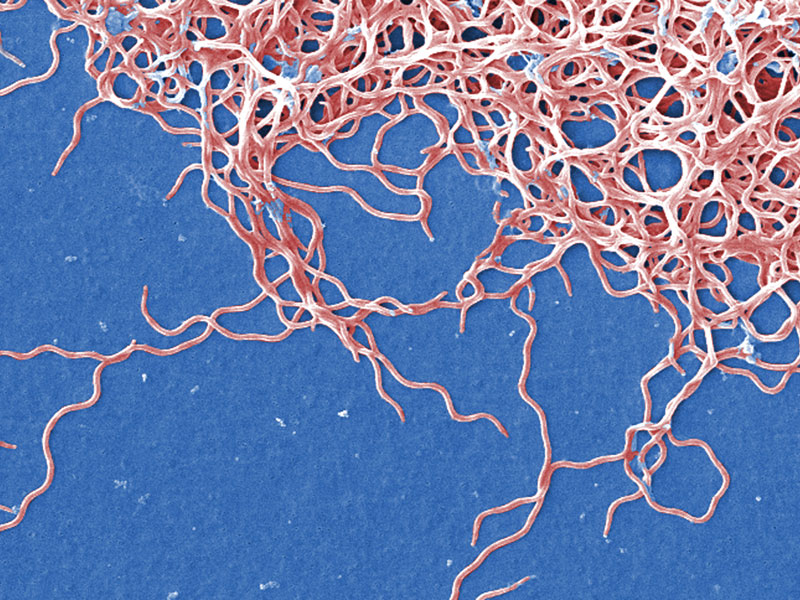
A cluster of Borrelia burgdorferi bacteria, which causes Lyme disease. Humans catch it when bitten by ticks. These bacteria belong to a group called spirochetes, which resemble coiled springs.
A Bedbug

A bedbug, as seen under a scanning electron microscope. The insect's blood-sucking mouthparts show up in purple. Although bedbugs live on blood, there is no evidence they can effectively spread blood-borne disease. Aside from the stigma associated with them, the biggest problem with bedbugs is the allergic reaction their saliva can induce in humans.
Bedbug Eye
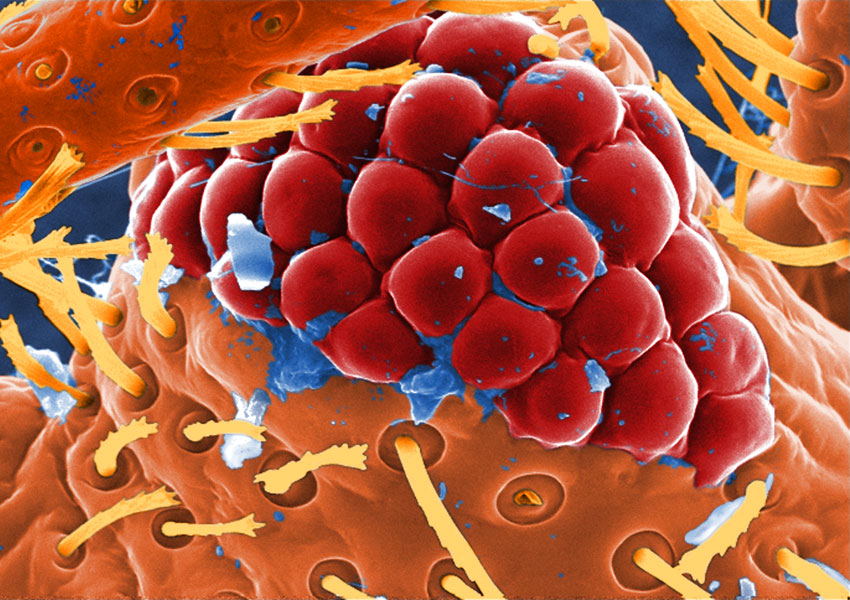
A view of a bedbug's compound eye, in red. The single large eye is made up of many repeating units, known as "ommatidia." The compound eye is very sensitive to movement with each ommatidium turning off and on as objects pass across its field of view, according to the CDC.
 Live Science Plus
Live Science Plus






